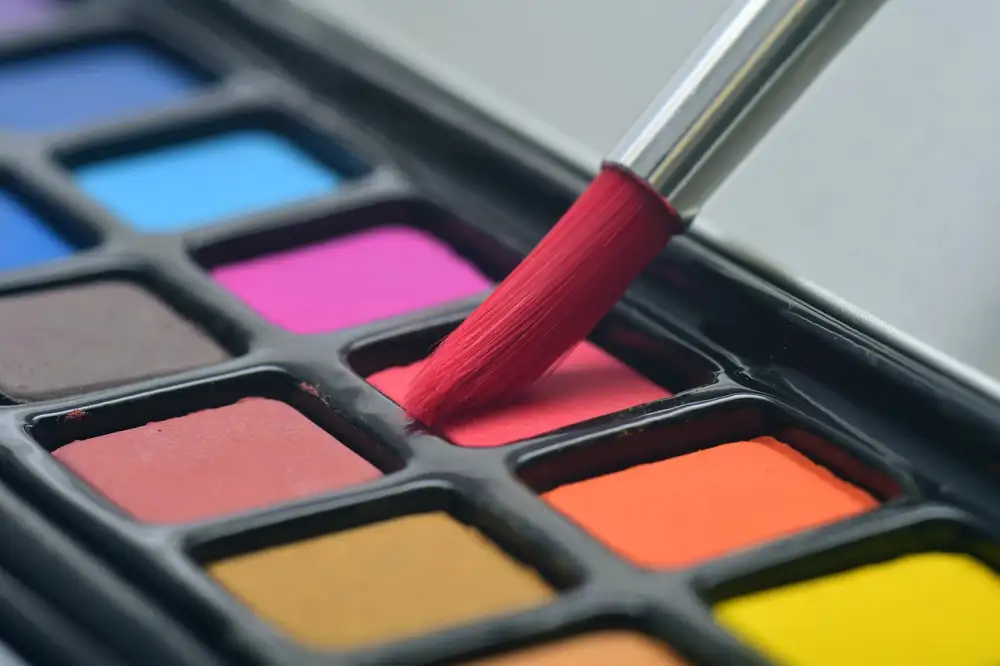Unlock the Benefits of Dry Brushing Teeth for Improved Oral Health

Dry brushing teeth is a technique that involves using a toothbrush without toothpaste to clean the teeth and gums. This method has gained popularity for its ability to effectively remove plaque, prevent tartar buildup, and promote overall oral health. Unlike traditional wet brushing, dry brushing allows for better control and precision when cleaning hard-to-reach areas in the mouth. By incorporating dry brushing into your oral hygiene routine, you can experience a deeper clean and maintain a healthier smile.
Benefits of Dry Brushing Teeth
**Benefits of Dry Brushing Teeth**
Dry brushing teeth offers numerous benefits for oral health. Firstly, it helps remove plaque buildup, preventing tartar formation and reducing the risk of gum disease and tooth decay. Additionally, dry brushing can effectively remove surface stains, leading to a brighter smile. It also promotes healthier gums by stimulating blood flow and improving overall gum health. Moreover, dry brushing can help freshen breath by eliminating bacteria that cause bad breath. Overall, incorporating dry brushing into your oral care routine can contribute to improved oral hygiene and a healthier mouth.
How to Dry Brush Teeth Properly
To dry brush teeth properly, start by selecting a toothbrush with soft bristles to avoid damaging the enamel and gums. Apply gentle pressure and use small circular motions to clean the front, back, and chewing surfaces of each tooth. Angle the brush at a 45-degree angle towards the gum line to effectively remove plaque and debris. Don't forget to brush your tongue as well to eliminate bacteria that can cause bad breath. Remember to replace your toothbrush every 3-4 months or sooner if the bristles become frayed.
Frequency and Timing of Dry Brushing
Dentists recommend dry brushing teeth twice a day, in the morning and before bed. This routine helps remove plaque buildup and bacteria that accumulate throughout the day and night. It is crucial to spend at least two minutes on each session to ensure thorough cleaning of all tooth surfaces. Overbrushing can damage enamel, so it's essential to use gentle pressure and soft-bristled brushes. Additionally, waiting at least 30 minutes after consuming acidic foods or beverages before dry brushing can prevent enamel erosion. Consistency is key to reaping the full benefits of dry brushing for improved oral health.
Potential Risks and Precautions
While dry brushing teeth can offer numerous benefits, there are some potential risks to be aware of. One main concern is the possibility of causing damage to the enamel if too much pressure is applied during brushing. It's important to use a soft-bristled toothbrush and gentle, circular motions to avoid abrasion.
Another risk is that dry brushing may not effectively remove plaque compared to using toothpaste. Therefore, it's recommended to alternate between dry brushing and traditional brushing with toothpaste for optimal oral hygiene.
Additionally, individuals with sensitive gums or existing dental issues should consult their dentist before incorporating dry brushing into their oral care routine to prevent any potential irritation or exacerbation of problems. Remember, moderation and proper technique are key to safely reaping the benefits of dry brushing teeth.
**Conclusion and Final Thoughts**
In conclusion, incorporating dry brushing into your oral care routine can offer numerous benefits for improved oral health. From removing plaque and preventing gum disease to promoting fresher breath and brighter smiles, the advantages are clear. By following proper techniques and guidelines, individuals can effectively maintain their dental hygiene through this simple yet effective practice. Remember to consult with your dentist if you have any concerns or experience any adverse effects. Embrace the power of dry brushing teeth and unlock a healthier smile today!
Published: 16. 04. 2024
Category: Health



